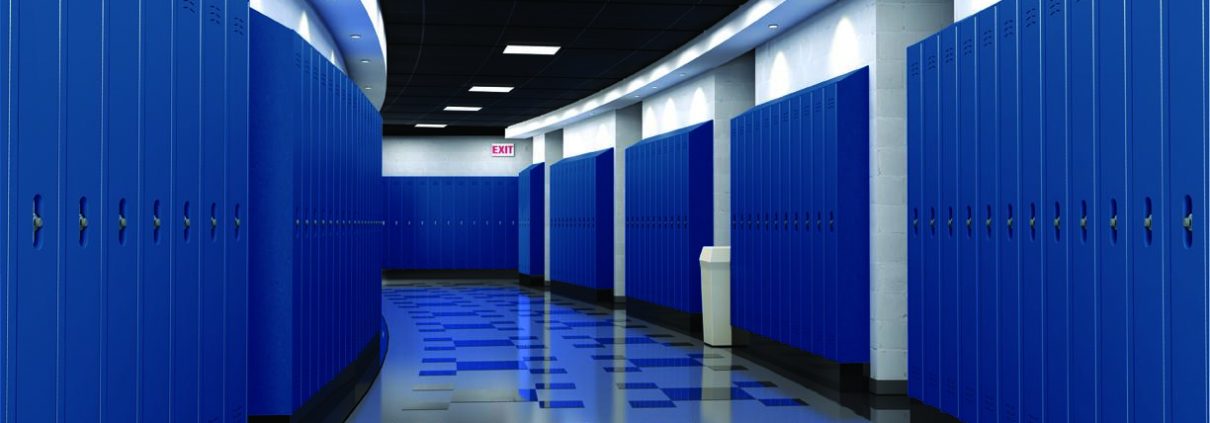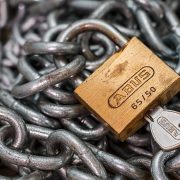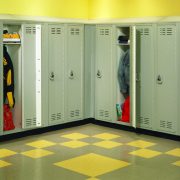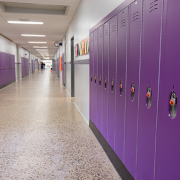Why Schools Are Choosing HDPE Over Traditional School Lockers
The sound of metal lockers slamming shut can make anyone have a flashback to when they were back in school. Traditional lockers have been used in almost every school due to their reliable nature and durability. However, many schools have begun choosing HDPE (high-density polyethylene) over the traditional metal lockers, citing it as a much better alternative. We’ll gladly explain why schools are making the jump from metal to HDPE.
The Drawbacks of Traditional Metal Lockers
Metal lockers have been the standard for many years. They allow students to store their books and materials during the day with the benefit of a secure lock to protect their valuables. However, despite the long history of schools implementing metal lockers, there are a few drawbacks to sticking with the old standard.
While it’s more noticeable in actual locker rooms, metal lockers don’t necessarily stand up to humidity and moisture. With enough exposure, your colorful metal lockers will soon begin to rust, and the rust removal process can be meticulous and expensive. Not to mention, if left unchecked, an entire replacement may be required.
A common misconception about metal lockers is that they’re highly durable. In fact, they can incur a wide array of damage to their structure, as well as the aesthetics. They’re easily dented, and considering that slamming the locker is pretty much common practice, keeping up with the damage isn’t the easiest process. Graffiti is another issue that metal lockers face, because the removal of graffiti requires paint.
Why HDPE Is the Superior Material
Many schools have begun installing HDPE plastic instead of metal lockers for a variety of reasons. Due to the solid plastic construction, HDPE offers a strength and durability that thin steel and metal lockers can’t compete with. The plastic is impact-resistant, and given the students’ preferred method of closing their lockers, the HDPE can take the hits and show no sign of damage. They even emit a softer sound than the loud metal clang provided by traditional lockers.
Because HDPE is a more durable material, and endures very little damage, it doesn’t require extensive repairs. Its solid construction doesn’t rust and won’t absorb moisture. Another great advantage to HDPE school lockers is that they’re resistant to graffiti. Any sign of unwanted artwork can be simply wiped away without having to repaint the piece and adding unwanted VOC (volatile organic compounds) emissions into the air.
But what may be the biggest advantage that HDPE has over traditional lockers is the maintenance, or lack thereof. HDPE doesn’t require the constant maintenance and upkeep that metal lockers need in order to last. Instead, HDPE needs a simple cleaning every once in a while, making this material a low-maintenance and low-cost alternative to traditional metal lockers.
Are you looking to make the jump from traditional lockers to HDPE? Download this eBook, The Ultimate Guide to HDPE Plastic Lockers, from your friends at Scranton Products.








